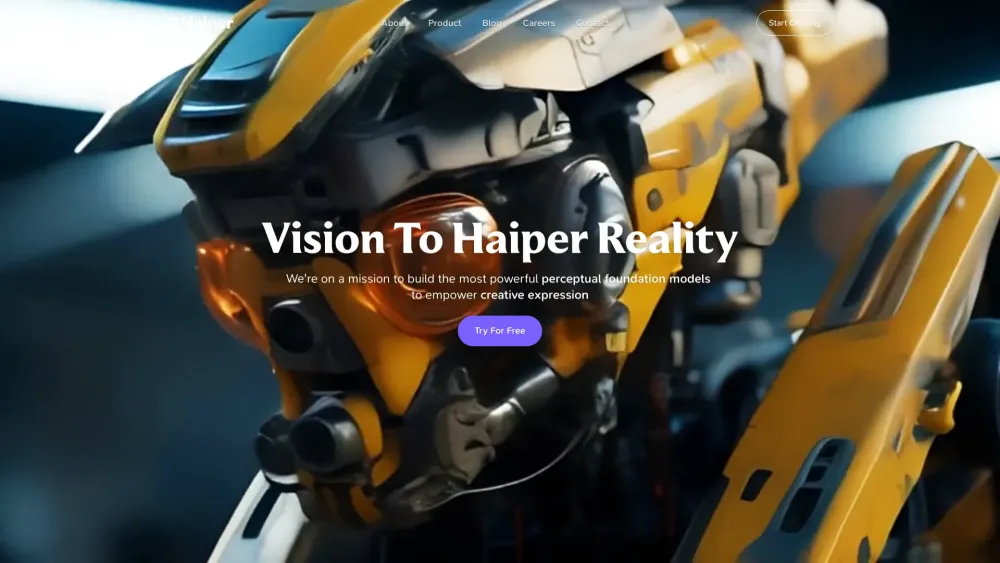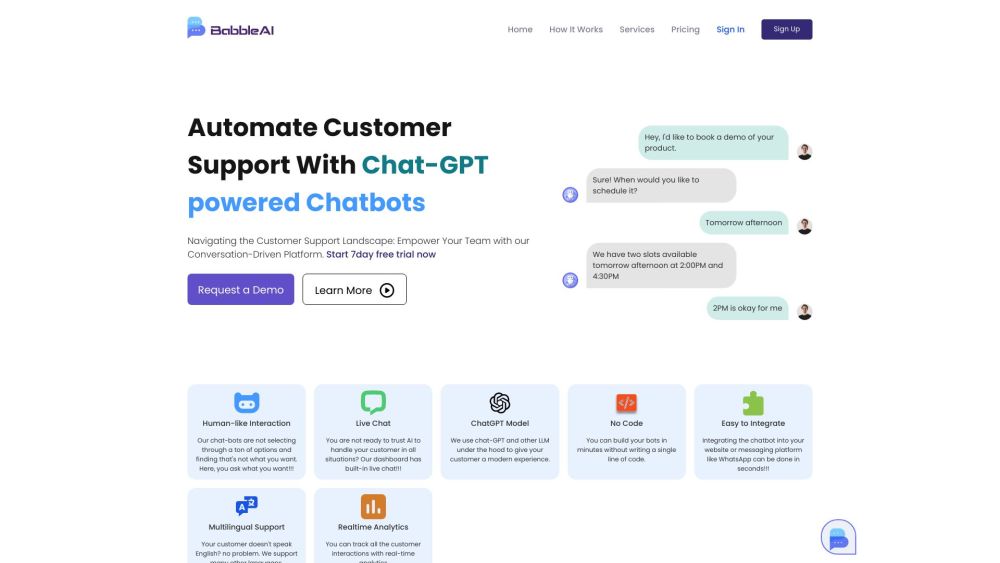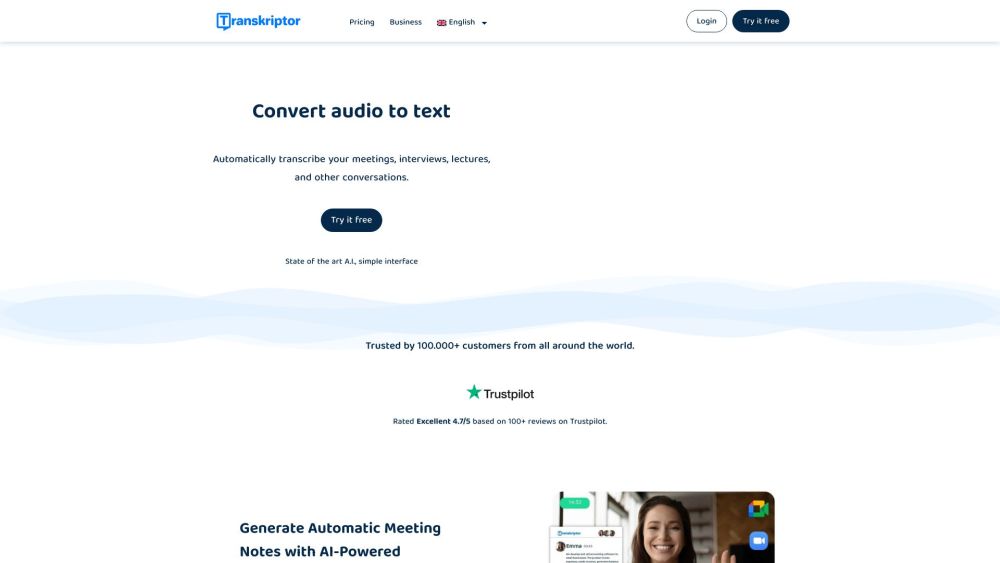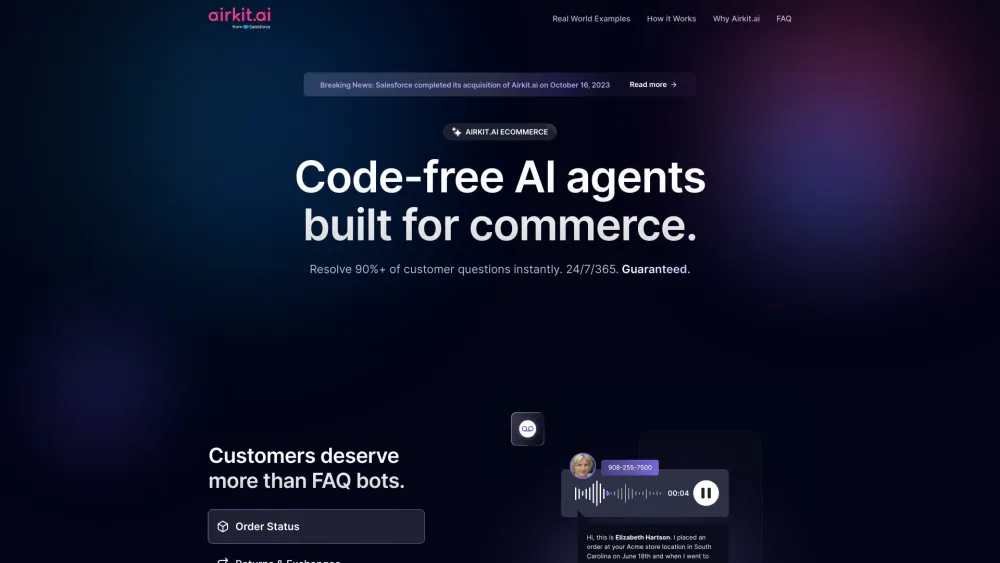This morning, Microsoft unexpectedly hired Sam Altman and Greg Brockman, former CEO and President of OpenAI, respectively. This move seems to be Microsoft's attempt to mitigate the fallout from the recent turmoil at OpenAI, where the board of directors made the controversial decision to fire Altman just before the weekend.
The situation at OpenAI remains unresolved. Several researchers have resigned, and many employees and executives are actively opposing the board's decision. Meanwhile, Microsoft's relationship with OpenAI is in flux. The company plans to establish an internal research arm led by Altman and Brockman, which could create competition with OpenAI.
One thing is clear: OpenAI is fundamentally changed, and so are its products, including ChatGPT and its API platform. This upheaval underscores the rapidly evolving landscape of the AI industry, where debates about the risks of advanced AI systems and the potential threats of artificial general intelligence (AGI) will persist.
Such conflicts are likely to resurface, especially in AI labs focused on balancing research and product development. As a result, businesses relying on OpenAI’s technology need to reevaluate their strategies as the company navigates this uncertainty.
In this context, the open-source model market may emerge as a significant beneficiary. Unlike closed-source platforms such as OpenAI’s, open-source models grant users full control and responsibility over their applications. They avoid the pitfalls of a single point of failure, such as an API server or indecisive leadership.
According to reports, over 100 OpenAI customers have reached out to competitors like Anthropic, Google Cloud, Cohere, and Microsoft Azure following the upheaval.
Businesses can choose where and how to deploy open-source models—whether on their servers, in public clouds, or through model-serving platforms. Major cloud providers offer seamless access to popular open-source models like Llama 2, Mistral, Falcon, and MPT, including Microsoft Azure AI Studio and Amazon Bedrock. This variety allows enterprises to tailor models to their existing infrastructure.
Open-source models often provide more stable performance compared to proprietary models. In recent months, there have been multiple instances of performance variations in OpenAI’s models due to ongoing retraining and adjustments. These proprietary models can be seen as opaque systems, making consistent outputs hard to achieve.
Conversely, open-source models empower enterprises by allowing them to control updates, define safeguards, and avoid sudden changes caused by external factors like jailbreak exploits shared online. The open-source model landscape is rapidly advancing, fueled by collaborative knowledge sharing among researchers and developers.
Numerous tools now enable the customization of open-source large language models (LLMs) for specific needs, offering flexibility that proprietary models typically lack. Enterprises can use techniques like quantization to reduce operational costs or low-rank adaptation to fine-tune models inexpensively, enabling many models to run on a single GPU. Open-source models can be adapted to a wide range of applications and budgets.
Companies like OpenAI face the challenge of pursuing dual objectives: achieving AGI and delivering products that generate revenue to fund their research. These goals often conflict, as highlighted by the ongoing OpenAI saga.
In reality, most enterprises are not seeking AGI, nor do they require cutting-edge models with trillions of parameters. What they need are reliable frameworks for building stable LLM applications, even if that means using models with a few billion parameters. This represents a significant opportunity within the open-source ecosystem. As the fallout from OpenAI continues, more enterprises are expected to gravitate toward open-source LLMs.
Platforms like ChatGPT are valuable for rapid prototyping and exploring advanced AI capabilities. However, once businesses identify the right applications, they will benefit more from investing in robust technologies that remain stable, irrespective of the shifting dynamics within the companies that develop them.




